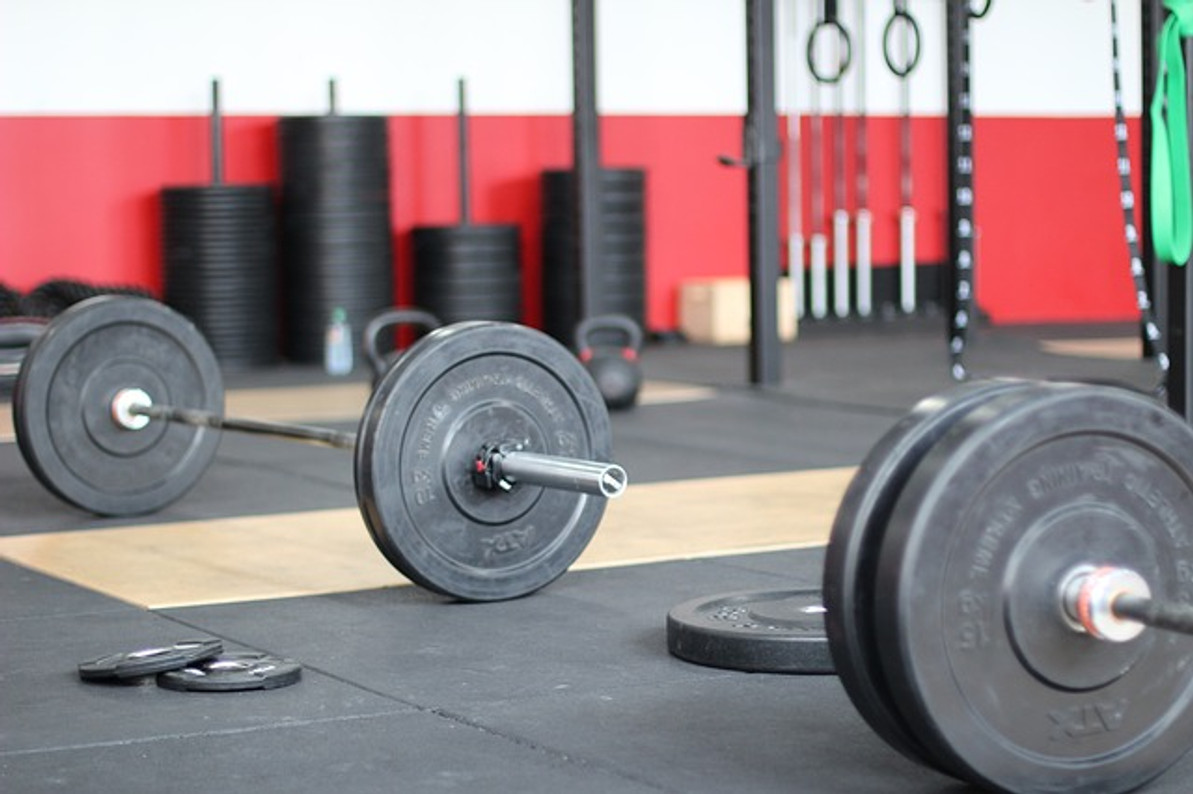Isolation vs Compound Exercises: What's the Difference?
Exercising is one of the best things you can do for your health. Aside from promoting stronger muscles, it can lower your risk of heart disease, diabetes, cancer and more. According to the U.S. Centers for Disease Control and Prevention (CDC), though, only 53% of adults get enough exercise.
Of course, there are different types of exercises you can perform, such as isolation and compound. Performing either isolation or compound exercises will have a positive impact on your health. With that said, isolation and compound are two different types of exercises with their own unique benefits.
What Are Isolation Exercises?
Isolation exercises are those that focus on a single muscle group or a small, local set of muscle groups. They aren't whole-body exercises. When performing isolation exercises, you'll only engage one or a few muscles in a specific area of your body.
Most isolation exercises involve the movement of a single joint. You can perform leg presses, for instance, by moving your knee joint. Leg presses are isolation exercises. They will engage in your leg muscles while forcing you to move a single joint: your knee.
What Are Compound Exercises?
Compound exercises, on the other hand, are those that engage multiple muscle groups. Some compound exercises are classified as whole-body exercises, meaning they work out your entire body. Other compound exercises are not whole-body exercises. Regardless, they all engage multiple muscle groups. Running and doing jumping jacks are compound exercises that, like other compound exercises, engage multiple muscle groups.
Differences Between Isolation and Compound Exercises
Isolation and compound exercises aren't the same. Isolation exercises engage a single muscle group, whereas compound exercises engage multiple muscle groups. If you're trying to strengthen a particular body of your body, you should choose isolation exercises. If you're simply trying to improve your overall health, compound exercises will suffice.
Another difference between isolation and compound exercises involves the joints. As previously mentioned, isolation exercises involve the movement of a single joint. Compound exercises, conversely, involve the movement of two or more joints. Isolation exercises are gentler on your joints because they only require moving a single joint.
Choosing Between Isolation and Compound Exercises
You might be wondering whether you should perform isolation or compound exercises. Isolation exercises are better at promoting muscle growth, whereas compound exercises are easier on the joints. Fortunately, you don't have to choose between them. You can include both isolation and compound exercises in your workout regimen.
Recent Posts
-
Fire Safety in the Workplace: What You Need to Know
What steps are you taking to prevent fires in your workplace? According to the U.S. Occupational Saf …Aug 23rd 2023 -
Is It Safe to Go Jogging With a Cold Infection?
If you're suffering from a cold infection, you might be wondering whether it's safe to go jogging. T …Aug 22nd 2023 -
5 Safety Tips to Follow When Using a Powder-Actuated Tool
Powder-actuated tools are commonly used to join materials to steel and concrete. Also known as Hilti …Aug 20th 2023




